Growing Awareness and Early Diagnosis
There is a growing awareness of respiratory diseases and the importance of early diagnosis, which is positively impacting the Airway Stents Market. Increased public health campaigns and educational initiatives are leading to earlier detection of conditions that may require airway stenting. This heightened awareness is likely to result in more patients seeking medical attention sooner, thereby increasing the demand for airway stents. Furthermore, advancements in diagnostic technologies are enabling healthcare providers to identify airway obstructions more effectively. As a result, the Airway Stents Market is expected to benefit from this trend, with an anticipated rise in the number of procedures performed.
Rising Incidence of Respiratory Diseases
The increasing prevalence of respiratory diseases, such as chronic obstructive pulmonary disease (COPD) and lung cancer, is a primary driver of the Airway Stents Market. According to recent data, respiratory diseases account for a significant portion of global morbidity and mortality. This trend is likely to escalate the demand for airway stents, as they are essential for managing airway obstructions caused by these conditions. The Airway Stents Market is projected to witness substantial growth, with estimates suggesting a compound annual growth rate (CAGR) of around 7% over the next few years. As healthcare systems adapt to the rising burden of respiratory illnesses, the need for effective interventions, including airway stenting, becomes increasingly critical.
Technological Innovations in Stent Design
Technological advancements in stent design and materials are transforming the Airway Stents Market. Innovations such as drug-eluting stents and biodegradable materials are enhancing the efficacy and safety of airway stenting procedures. These advancements not only improve patient outcomes but also reduce the risk of complications associated with traditional stents. The introduction of advanced imaging techniques and minimally invasive procedures further supports the growth of the Airway Stents Market. As healthcare providers increasingly adopt these innovative solutions, the market is expected to expand, with a projected increase in stent utilization rates. This trend indicates a shift towards more effective and patient-friendly treatment options.
Regulatory Support and Reimbursement Policies
Supportive regulatory frameworks and favorable reimbursement policies are crucial drivers of the Airway Stents Market. Governments and health organizations are increasingly recognizing the importance of airway stenting as a viable treatment option for patients with respiratory conditions. This recognition is leading to improved reimbursement rates for airway stenting procedures, making them more accessible to patients. Additionally, regulatory bodies are streamlining the approval processes for new stent technologies, encouraging innovation within the market. As reimbursement policies continue to evolve in favor of airway stenting, the Airway Stents Market is likely to experience significant growth, driven by increased patient access to these essential medical devices.
Aging Population and Increased Healthcare Expenditure
The aging population is a significant factor influencing the Airway Stents Market. As individuals age, the likelihood of developing respiratory conditions increases, leading to a higher demand for airway stenting procedures. Additionally, rising healthcare expenditure in many regions is facilitating access to advanced medical technologies, including airway stents. This demographic shift is expected to drive market growth, with projections indicating that the elderly population will account for a larger share of healthcare spending in the coming years. Consequently, the Airway Stents Market is poised for expansion as healthcare systems adapt to meet the needs of an aging population.


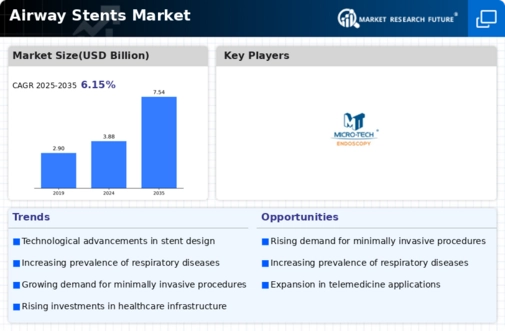
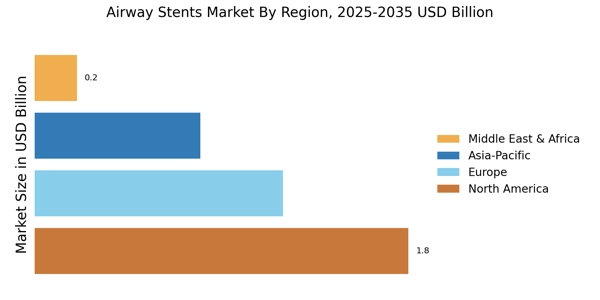


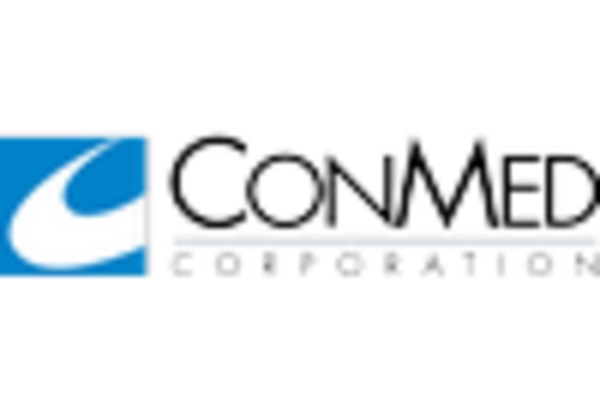
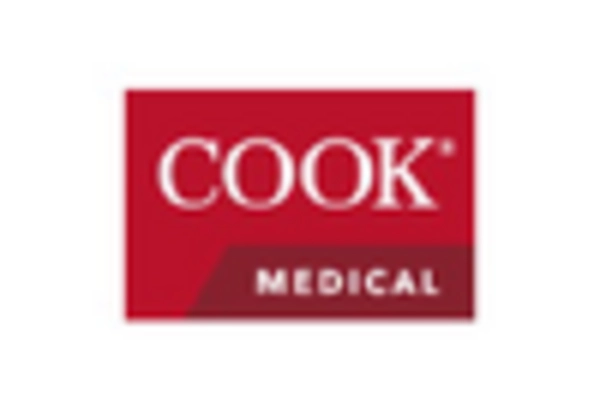

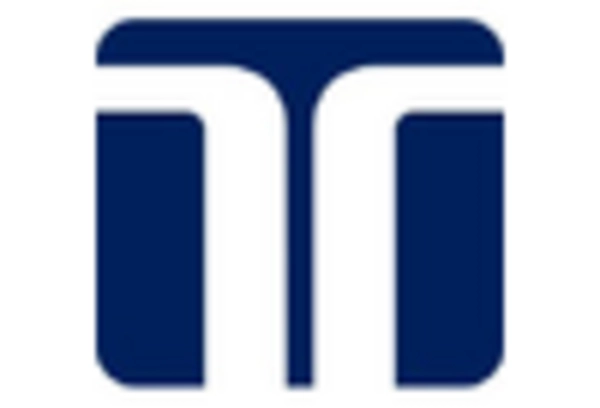








Leave a Comment